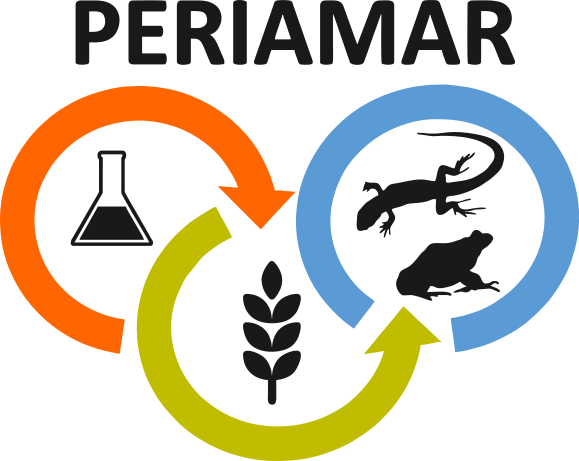 WG4 » Implementation of risk assessment procedures
WG4 » Implementation of risk assessment procedures
Intro
WG4. Leader: Silvia Pieper.
- Integrate available and generated information to create a proposal for a pesticide ERA scheme for amphibians and reptiles in Europe.
- Identify aspects that will require research-focused proposals and inter-sectorial interactions at the long term to improve the efficacy of the newly proposed ERA scheme.
- Design a protocol for retrospective risk assessment in order to monitor the efficacy of the new scheme in protecting European herpetofauna from pesticide impacts.
- Andreu Rico
- Annette Aldrich
- Can Ozgur YALCIN
- Cecilia Berg
- Chris Topping
- Cynthia Munoz
- Dan Cogalniceanu
- David Du Pasquier
- Elena Alonso Garcia
- Emily McVey
- Gesa Amelung
- Hana Kubátová-Hiršová
- Isabel Lopes
- Jan Sadowski
- Jan-Dieter Ludwigs
- Jane Ebsen Morthorst
- Jill Awkerman
- Kastriot Korro
- Lennart Weltje
- Manuel Ortiz
- Marion Junghans
- Palma Simoniello
- Peter van Vliet
- Peter Vermeiren
- Philippe Berny
- Rachel Sharp
- Rosaria Scudiero
- Rreze Gecaj
- Sabina Vlad
- Silvia Pieper
- Tatjana Andjelkovic
- Thijs Schippers
- volkan oral
Tasks
Task 4.1. Proposal of a pesticide ERA framework for amphibians and reptiles.
This task will aim to generate a proposal for a detailed ERA scheme to be integrated in a guidance document for amphibians and reptiles based on the tasks implemented by WGs 1, 2 and 3.
Task 4.1. Leader: Silvia Pieper.
Task 4.2. Scenarios for long-term improvement of pesticide ERA.
It is unlikely that WGs 1, 2 and 3 will address all the knowledge gaps necessary to complete a pesticide ERA strategy for amphibians and reptiles. The remaining gaps will be identified, and actions required to fill them through the capacity built by PERIAMAR will be proposed.
Task 4.2. Leader: Manuel Ortiz.
Task 4.3. Proposal for implementing post-registration monitoring.
ERA of pesticides is mostly focused on prospective assessment, in order to avoid the unsafe release of a pesticide to the environment. However, the efficacy of prospective assessment should be evaluated through a retrospective assessment of the impacts of pesticides in case they have been approved and released. This task will explore how to monitor the impact of approved pesticides on amphibians and reptiles and how to return surveillance outcomes to improvement of the prospective assessment. This surveillance may benefit from the national or local monitoring programmes of herpetofauna ongoing across Europe.
Task 4.3. Leader: Dan Cogalniceanu.
